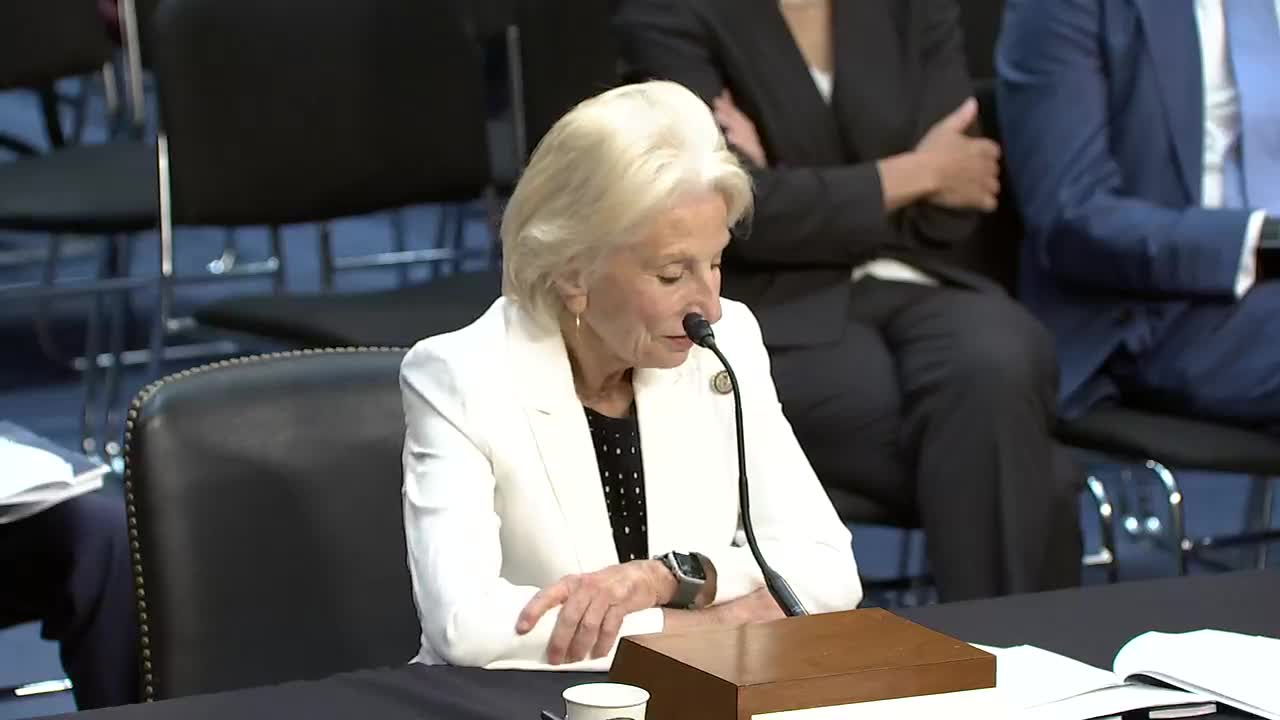DoD faces urgent call for military reform and readiness
July 30, 2024 | Armed Services: Senate Committee, Standing Committees - House & Senate, Congressional Hearings Compilation

This article was created by AI summarizing key points discussed. AI makes mistakes, so for full details and context, please refer to the video of the full meeting. Please report any errors so we can fix them. Report an error »

In a recent government meeting, officials underscored the necessity for a comprehensive approach to national defense, emphasizing that the Department of Defense (DoD) cannot operate in isolation. The discussions highlighted the need for integrated deterrence, aligning resources across various sectors, including the executive branch, private industry, civil society, and international allies.
The meeting commended the administration's efforts to strengthen NATO and enhance partnerships in Asia, while also advocating for improved collaboration with allies through reduced barriers to intelligence sharing and military exports. This approach aims to bolster the United States' global presence and readiness.
A significant concern raised was the DoD's operational pace, which is perceived as lagging behind the urgency of emerging threats. Officials noted that the current structure is ill-equipped to adapt to rapid technological advancements, particularly in areas like artificial intelligence and autonomous systems. They pointed out that while initiatives like the Replicator program and the Defense Innovation Unit are steps in the right direction, they often serve as temporary solutions rather than addressing systemic issues within the Pentagon.
The meeting also addressed the inadequacy of the current force sizing construct, which was established prior to the Ukraine invasion and the evolving dynamics between Russia and China. Recommendations included resizing the joint force to effectively respond to diverse global threats while ensuring readiness for simultaneous operations in multiple regions.
Concerns were raised regarding the U.S. defense industrial base's capacity to meet current and future demands, particularly in light of the ongoing conflict in Ukraine, which has exposed significant production limitations. Additionally, recruitment challenges and workforce shortages within the DoD and private sector were identified as critical issues that could jeopardize the sustainability of the all-volunteer force.
The discussions concluded with a stark warning: without adequate resources to rebuild readiness, the joint force risks reaching a breaking point, potentially compromising national security.
The meeting commended the administration's efforts to strengthen NATO and enhance partnerships in Asia, while also advocating for improved collaboration with allies through reduced barriers to intelligence sharing and military exports. This approach aims to bolster the United States' global presence and readiness.
A significant concern raised was the DoD's operational pace, which is perceived as lagging behind the urgency of emerging threats. Officials noted that the current structure is ill-equipped to adapt to rapid technological advancements, particularly in areas like artificial intelligence and autonomous systems. They pointed out that while initiatives like the Replicator program and the Defense Innovation Unit are steps in the right direction, they often serve as temporary solutions rather than addressing systemic issues within the Pentagon.
The meeting also addressed the inadequacy of the current force sizing construct, which was established prior to the Ukraine invasion and the evolving dynamics between Russia and China. Recommendations included resizing the joint force to effectively respond to diverse global threats while ensuring readiness for simultaneous operations in multiple regions.
Concerns were raised regarding the U.S. defense industrial base's capacity to meet current and future demands, particularly in light of the ongoing conflict in Ukraine, which has exposed significant production limitations. Additionally, recruitment challenges and workforce shortages within the DoD and private sector were identified as critical issues that could jeopardize the sustainability of the all-volunteer force.
The discussions concluded with a stark warning: without adequate resources to rebuild readiness, the joint force risks reaching a breaking point, potentially compromising national security.
View full meeting
This article is based on a recent meeting—watch the full video and explore the complete transcript for deeper insights into the discussion.
View full meeting